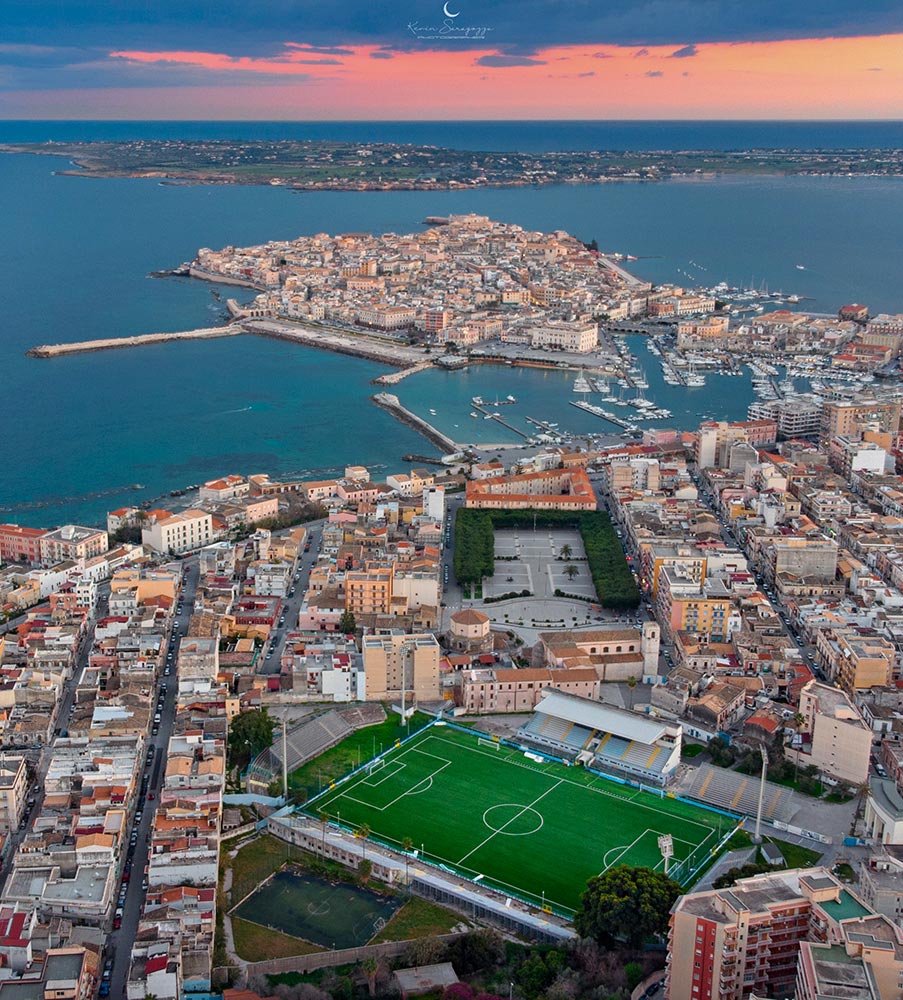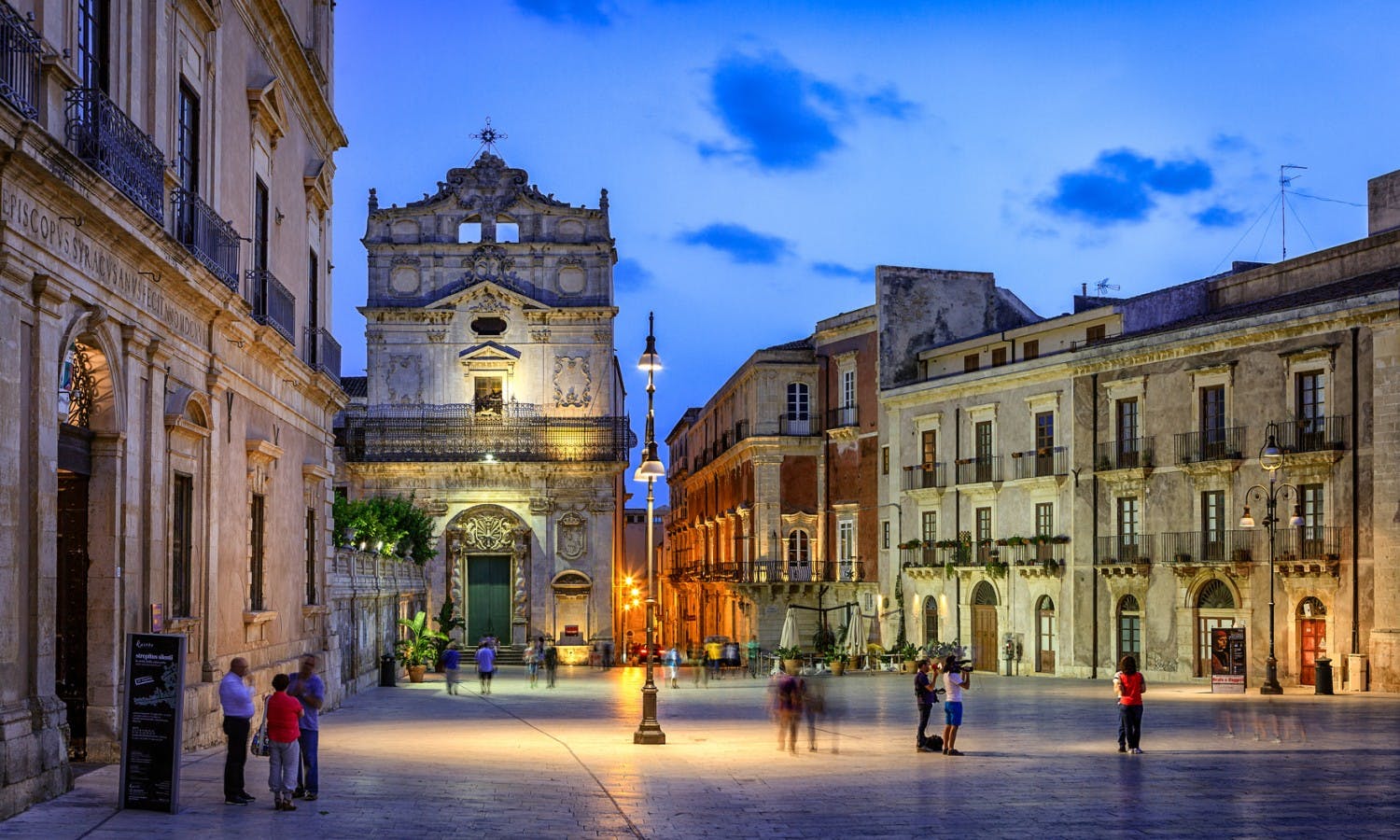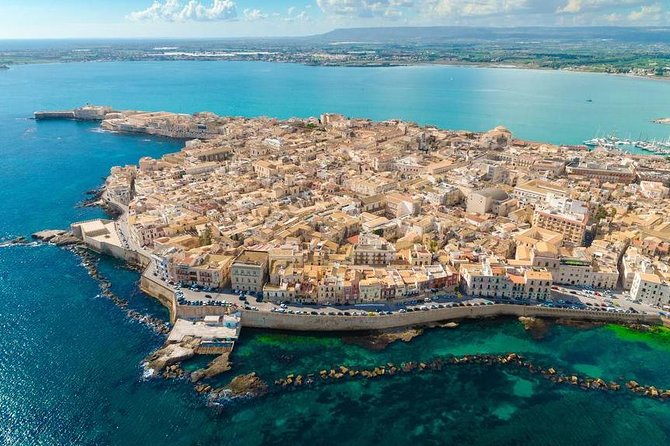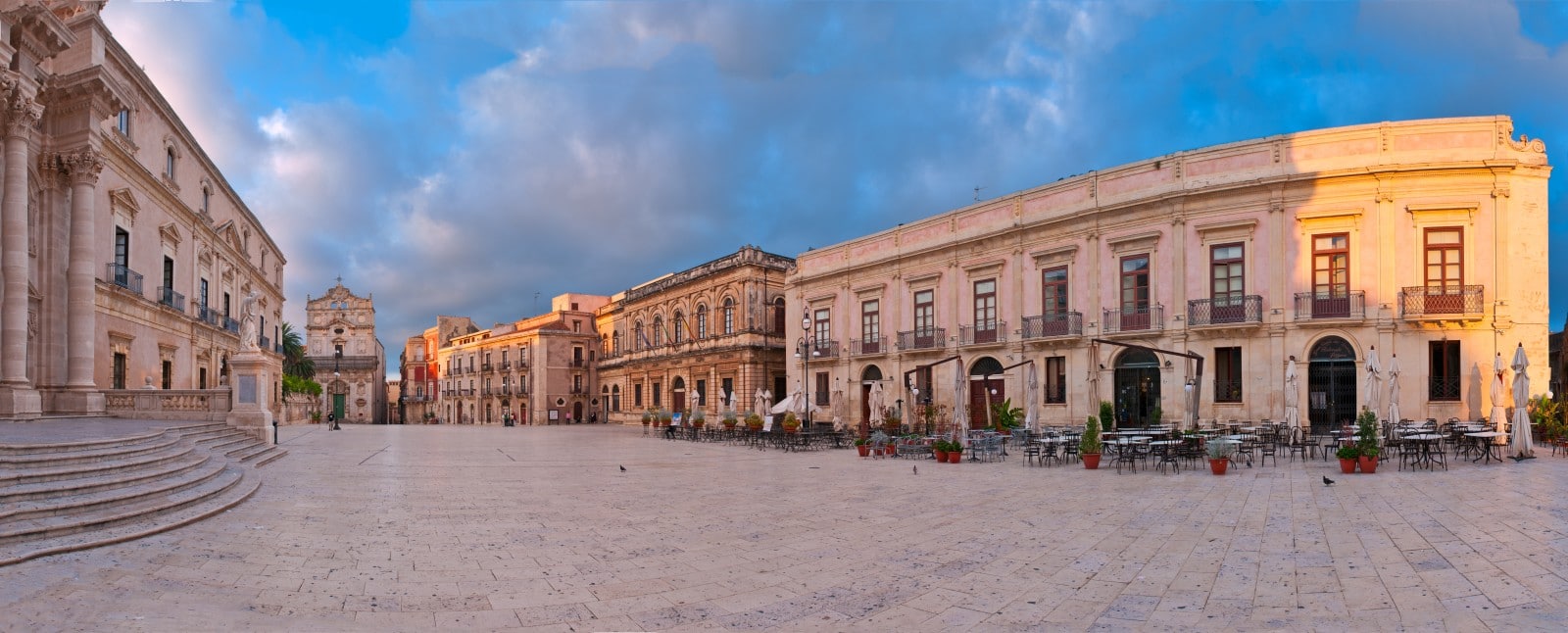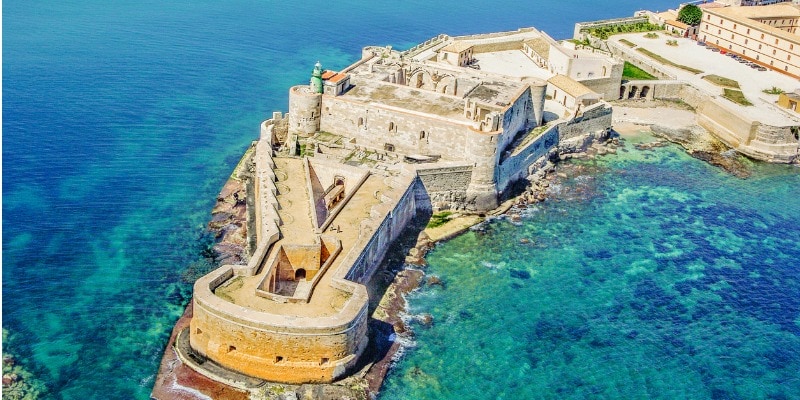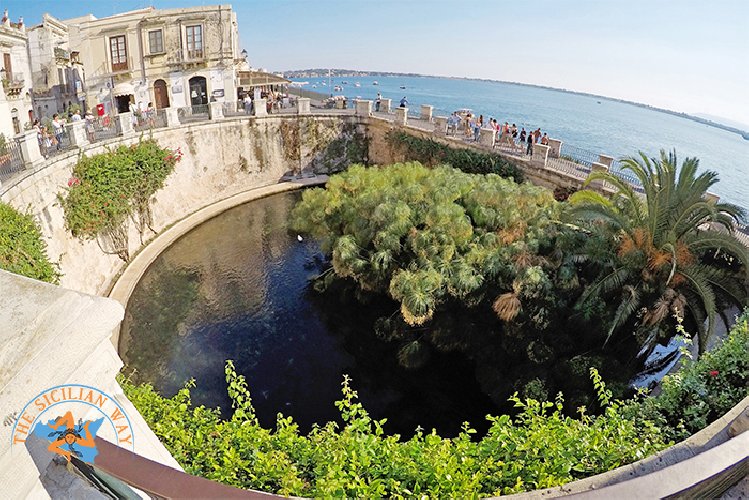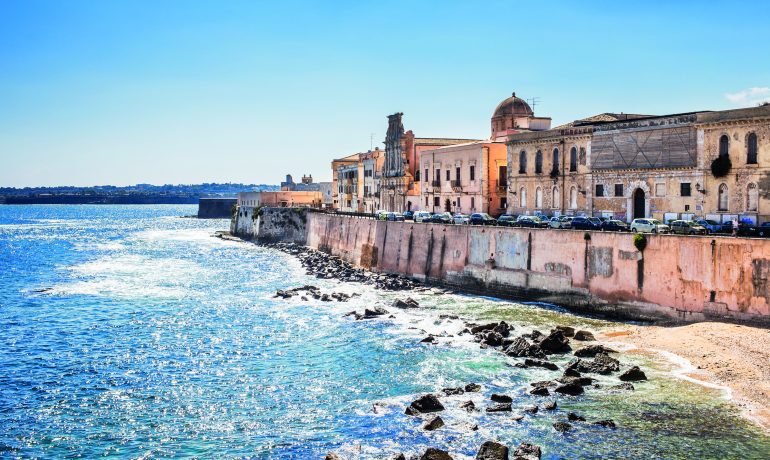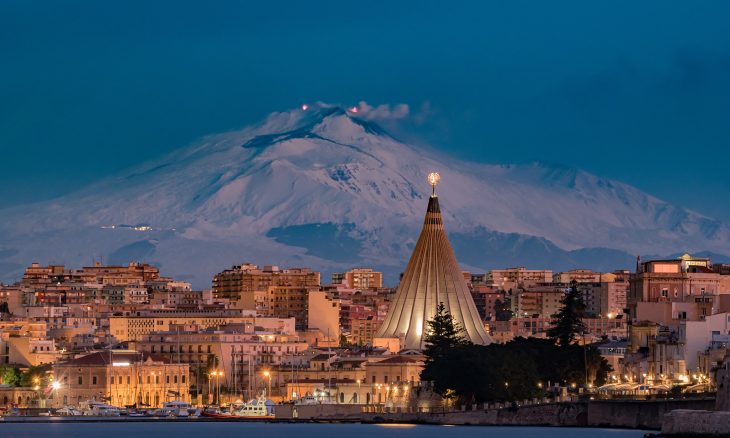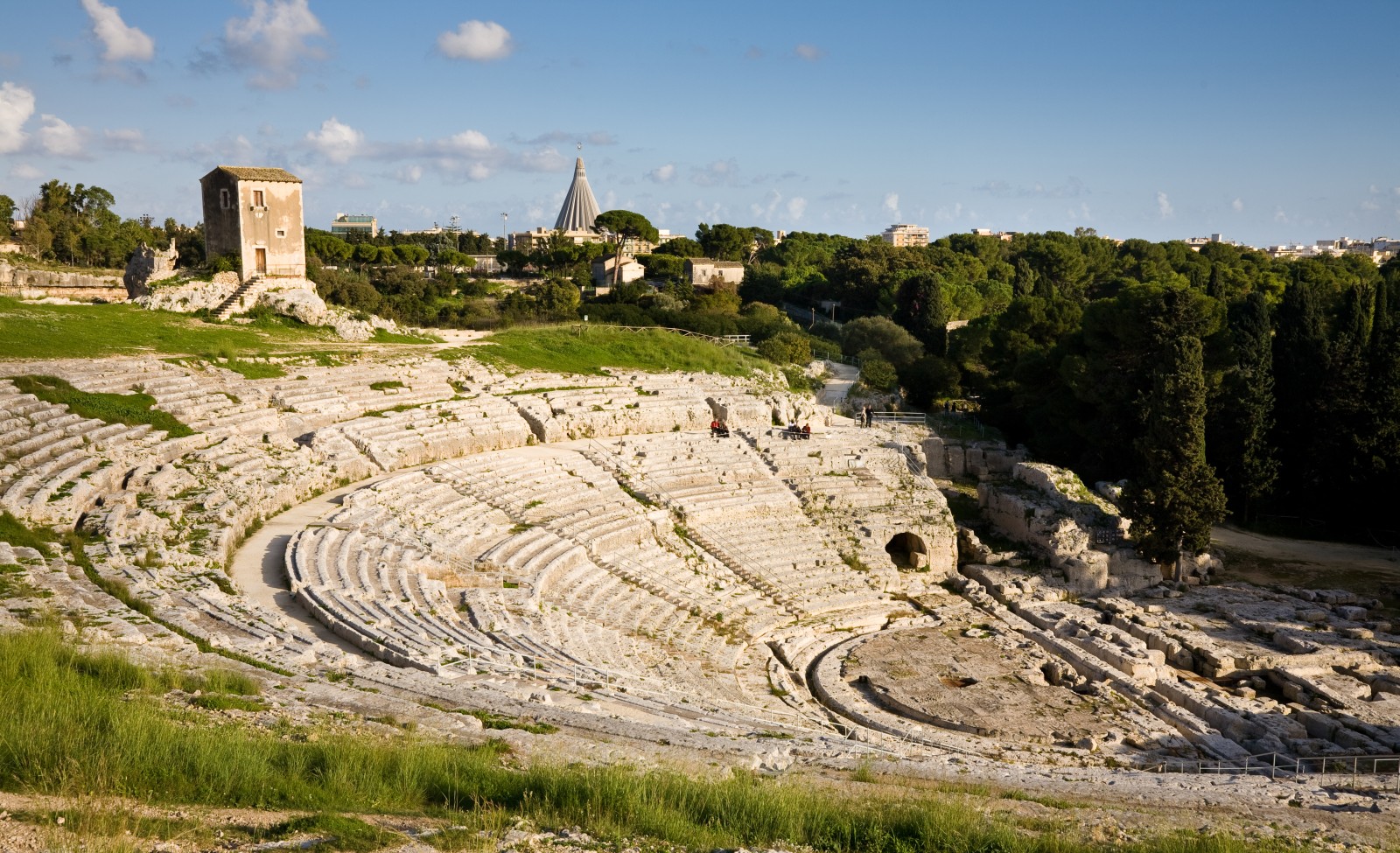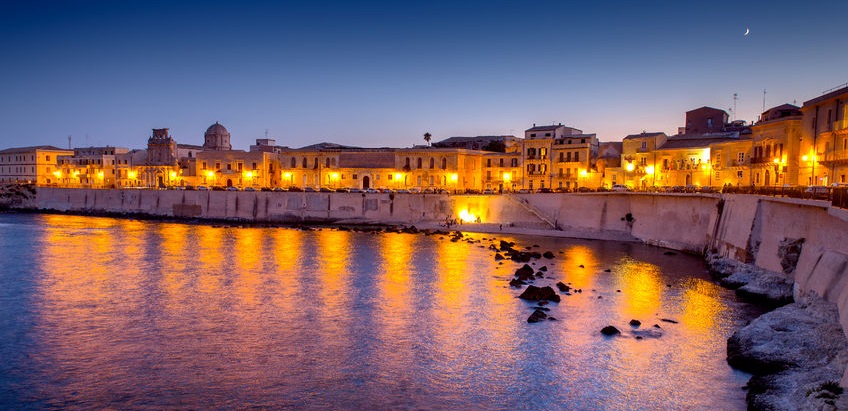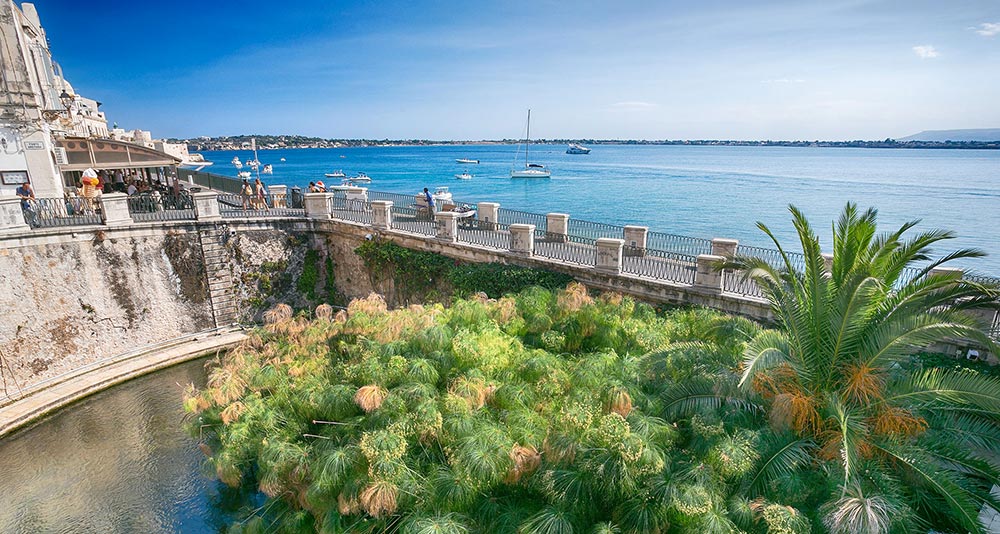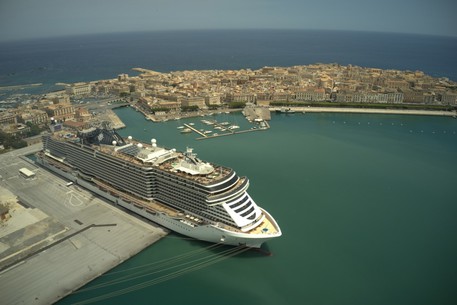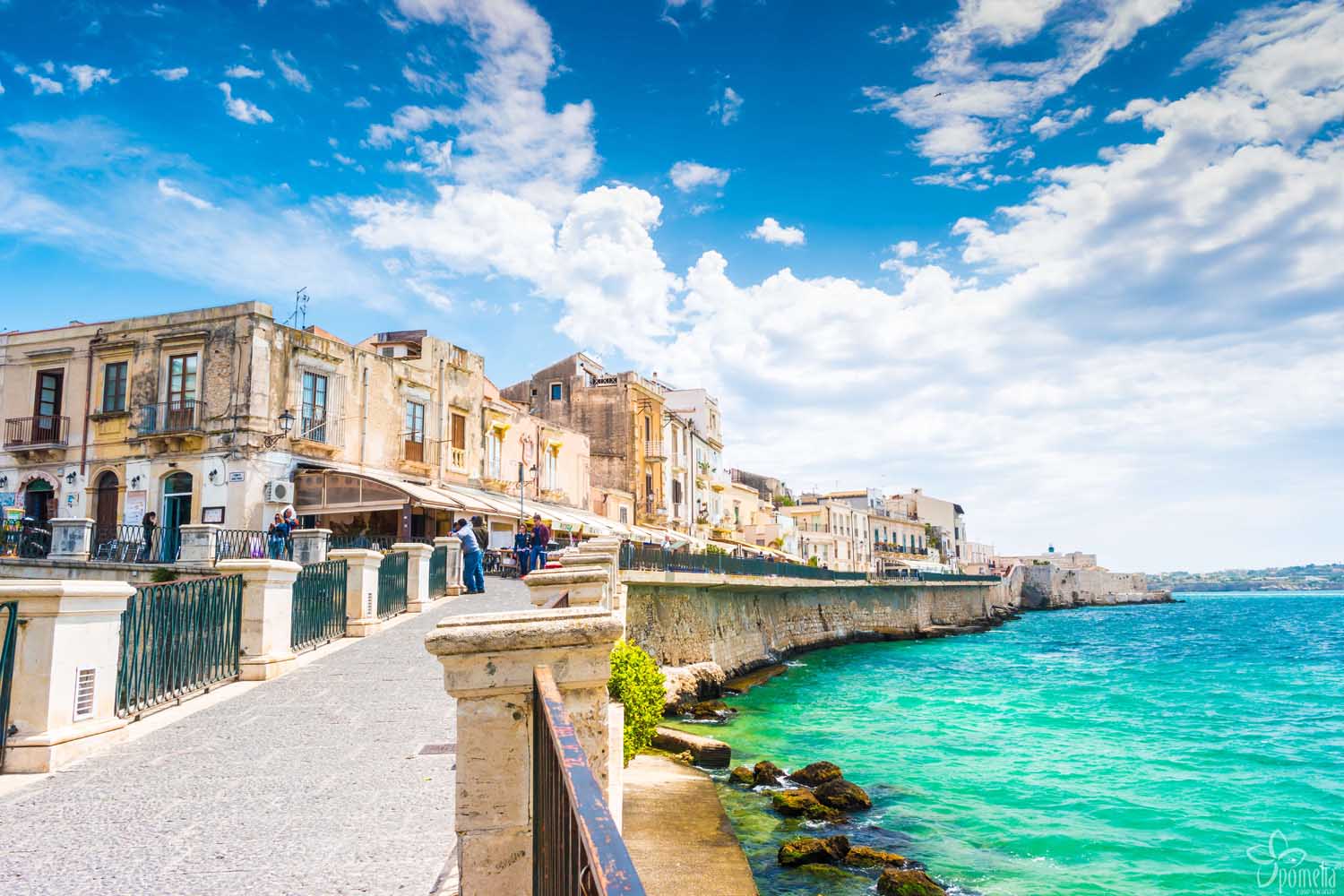 Syracuse is one of the provinces of the island of Sicily, located on the south-eastern coast. Syracuse has a thousand-year history: counted among the largest metropolises of the classical age, it excelled for what power and wealth with Athens, it tried in vain to subdue it. It was the homeland of the mathematician Archimedes, who took charge of his defence during the siege of the Romans in 212 BC. Syracuse was for centuries the capital city of Sicily, until the conquest by the Arabs, which took place in 878.
Syracuse is one of the provinces of the island of Sicily, located on the south-eastern coast. Syracuse has a thousand-year history: counted among the largest metropolises of the classical age, it excelled for what power and wealth with Athens, it tried in vain to subdue it. It was the homeland of the mathematician Archimedes, who took charge of his defence during the siege of the Romans in 212 BC. Syracuse was for centuries the capital city of Sicily, until the conquest by the Arabs, which took place in 878.
Transformed into a fortress in Spanish times, its historic centre, Ortigia, took on its present-day Baroque appearance. The island offers most of the numerous and ancient noble palaces, including Palazzo Impellizeri where the ESC was held from 2007 onwards.
On the island there is also the oldest temple in Syracuse, built for the sun god Apollo: dating back to the 6th century BC, it is the oldest Sicilian temple in Doric style consecrated to this divinity.
Among the first civil constructions of the post-classical age are the fourteenth-century seat of the Royal Chamber and the fourteenth-century Mergulese-Montalto palace, in Gothic style. In the city there are other medieval architectures, especially from the Aragonese-Catalan period: examples are the Bellomo palace and the surviving elements of the Zapata-Gargallo palace, which belonged to the prestigious families of the same name. However, it is after the seventeenth-century earthquake, and therefore with the consequent reconstruction, that the predominant style of Syracuse appears: the Sicilian Baroque.
The Palazzo del Vermexio, seat of the municipal government, remains one of the greatest examples of Baroque art applied to an administrative building. The definitive evolution of the Baroque was the Rococo; Syracuse clearly shows the elaborate signs: palaces such as the Beneventano del Bosco, the Borgia del Casale were built adopting the aforementioned ornamental style.
Characterized by enormous historical, architectural and landscape riches, the city of Syracuse was declared by UNESCO in 2005, a heritage of humanity together with the Rupestrian Necropolis of Pantalica.
The town of Syracuse hosts in the Piazza dei Cappuccini (next to the homonymous convent and the homonymous latomia) the monument to the Italian Fallen of Africa, dating back to the Fascist period but assembled only decades after the collapse of the regime. The monument commemorates the soldiers who died on the African continent during the colonial war.
Developing partly on an island and being crossed by rivers and canals on one side, Syracuse has built several bridges over the course of its long-lived history; the municipality connects Ortigia to the rest of the city via two bridges, the most monumental of which is called Ponte Umbertino.
The point where the Arethusa source flows, with the architectural structure that surrounds it, is one of the most visited places in Syracuse: over the centuries it has changed its appearance many times, being surrounded by large fortifications, welcoming papyrus in its waters and becoming even the washhouse of the Syracusans in post-classical times. In addition to this, on the island there are several sculptural works: above all the twentieth-century fountain of Diana stands out, which shows the main elements of the legend of the oceanic god Alfeo, the nymph Arethusa and her protector, Artemis (the Diana of the Romans ). Also part of the architectural heritage of Syracuse is the ancient “tonnara” (an ancient system of fishing nets used to catch red tuna fish in plenty quantity) of Santa Panagia, with medieval origins (its foundation dates back to 1100), which with alternating events remained active until the 1950s.
Relevant archaeological evidence can be observed along the entire route of the Syracusan region. In addition to the aforementioned areas of sacred temples, the city has one of the largest archaeological environments in the Mediterranean, enclosed in a park that bears the name of the neighbourhood in which it stands: the Neapolis archaeological park. It covers 240,000 m² of urban surface and contains some of the most impressive testimonies of Greek-Roman Syracuse:
Behind the Greek theatre; the tombs of the Via dei Sepolcri;
The surviving columns of the Syracusan forum;
The Greek theatre, which was used for the entertainment of the population, but also for political assemblies (here the last of the mills of Galerme stands alone);
The grotto of the Ninfeo, where the water of the Anapo flows and where once the actors used to prepare themselves before going down to the theatre;
The Roman amphitheatre; in the Aretuseum one even water shows were staged, as well as fights between gladiators;
The Ear of Dionysius, so called for the first time by Caravaggio during his stay in Syracuse. It is thought to have been a Greek prison.
The city is full of numerous museums, made available to the public who every year is fascinated by the wonders they contain.
The Paolo Orsi regional archaeological museum is one of the most important archaeological museums in Europe.
The Papyrus Museum is responsible for preserving and caring for the rare papyrus plant, activating collaborations with places significant for this plant such as the city of Cairo.
The Regional Gallery, known as the Bellomo museum, exhibits the medieval and modern period finds of the city.
The INDA museum organizes temporary exhibitions dedicated to the history of classical representations at the Greek Theatre of Syracuse.
The Aretuseo dei Pupi museum shows the art of the Sicilian Puppet Opera, declared by Unesco Oral and Intangible Heritage of Humanity.
The Cinema Museum is the third largest museum of its kind in Italy.
The Tecnoparco Archimede, in an exhibition area of 1700 m², exhibits replicas of war machines used in the third century BC. and authentic technological tools designed by the genius of Archimedes.
The small Tropical Aquarium of Syracuse, located inside the Fonte Aretusa, was dedicated to the marine life of the Mediterranean and the fauna of the Tropics.
On the site of the Eurialo castle an Antiquarium has been set up inside which precious finds of the military life of the Dionysian construction and therefore of its continuation during the following centuries (until the castle was used) are kept.
The natural beauty of the city is also gratified by the presence of the necropolis, the structural element most present in the archaeological sites of Syracuse. The geographical area is famous for the Sicilian peculiarity of digging its sepulchres giving it the features of a beehive: Pantalica is the greatest example of this, but also in Syracuse this millenary custom is found in the limestone walls. It has twelve groups of necropolis ranging from the eighth century. B.C. at the Byzantine era; to mention some of the largest and oldest: to the south-west of the city is the necropolis of Fusco, in the centre that of the civil hospital and of Santa Panagia, while to the north there is the large perimeter of the necropolis of Targia.
Another particular “into the wild” stop for the more adventurous is certainly ancient Noto, destroyed by the earthquake of 1693, where the skeletons of imposing buildings such as churches and castles still remain. The city is located above a shallow and accessible valley, crossed by a stream in which pleasant natural pools are created, such as the more famous Cava Carosello, unfortunately victim of a fire in recent times.



